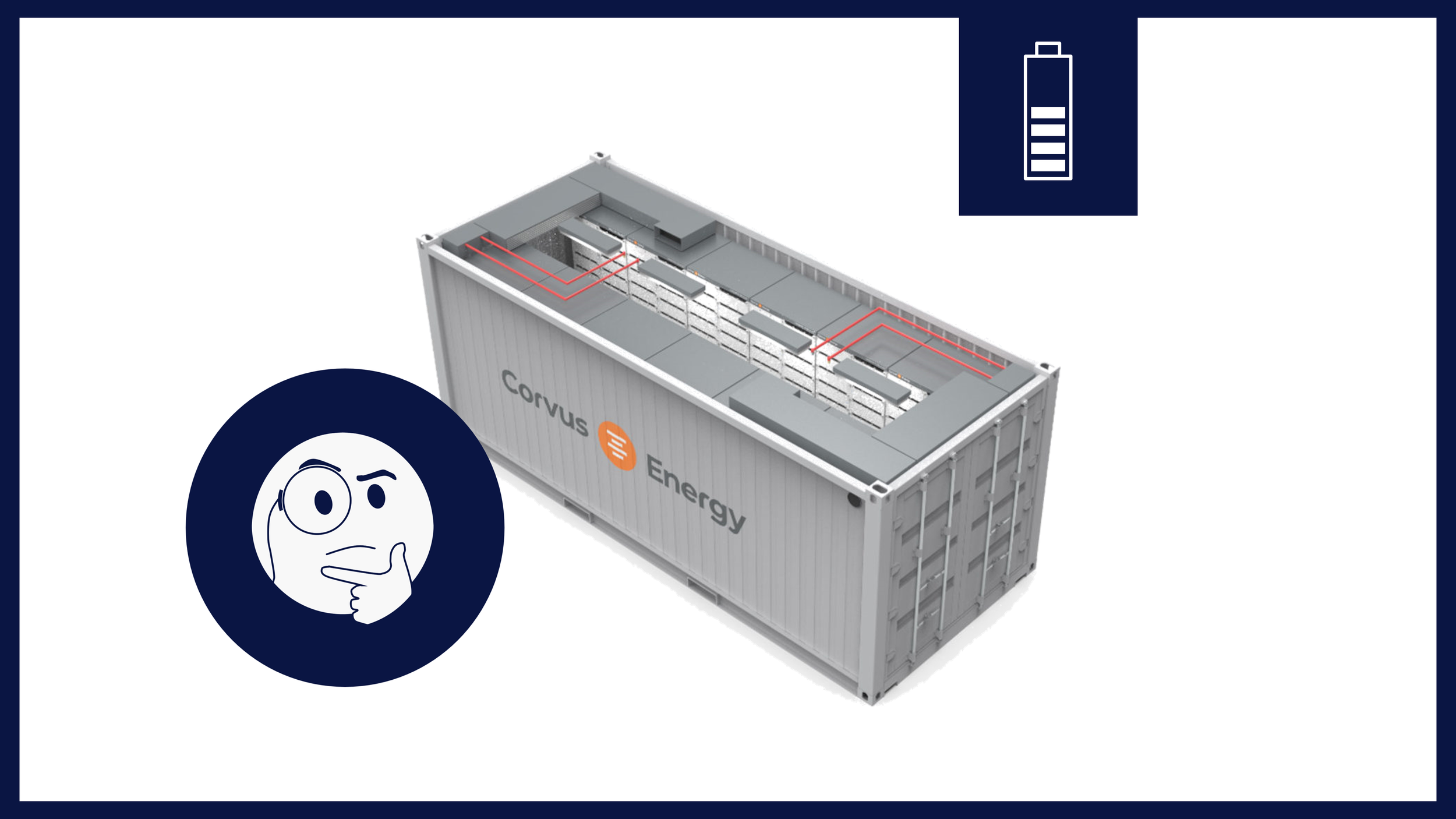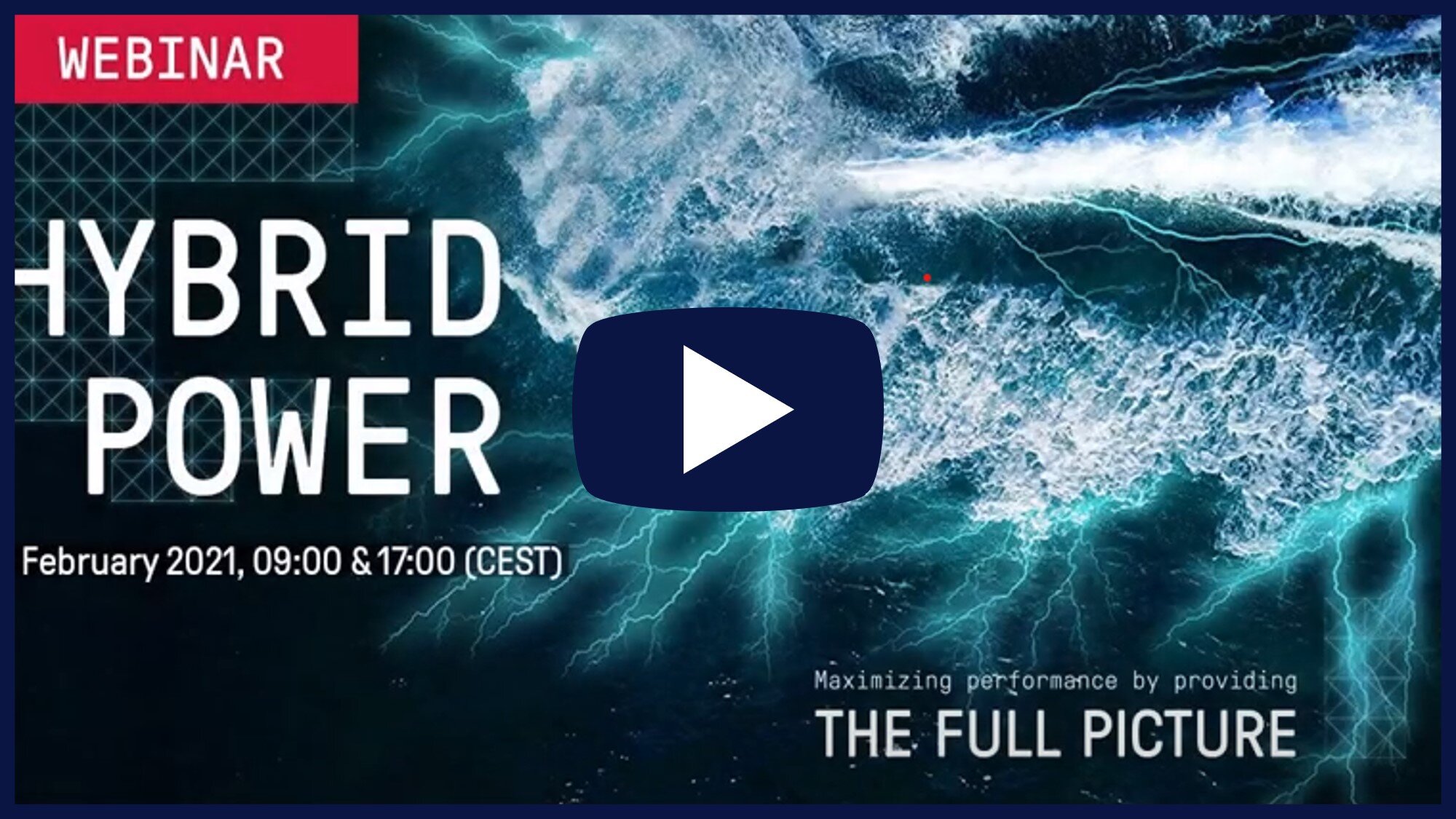Case studies
Illustrative examples on decarbonization measures, costs and regulations
- Alfa Laval
- Alternative Fuels
- Amsterdam
- Arctic
- Arenared
- Asia
- Australia
- Autonomous
- Ballard
- BAM
- Barge
- Batteries
- Battery Hybrid
- Battery Hybrid Single Engine Tool
- Biodiversity
- Biofuels
- Blog
- Bluewater
- BP
- Bulk Carrier
- Carbon Capture
- Case Study
- Cavotec
- CCS
- China
- Clean Shipping Act
- Climeon
- CMA CGM
- Cobalt
- Combination Carrier
- Container Ship
- Corvus
- COSCO
- Cruise passenger
- Damen
- Decarbonizer
- Decarbonizer case study
- Digitalization
- Dredging
- Econowind
- Ecospeed
- Electrification
- Energy Major
- Engine
- ENI
- EOPSA
- Equinor
- EU
- Exhaust gas
- FAME
- Feeder
- Fishing
- Flind
- Floating Solar
- Fossil Fuels
- FuelEU
- Full Electric
- Gas Carrier
- GE
- General Cargo
- GoodFuels
- Green Hydrogen
- Hapag-Lloyd
- Harbor Tug
- HBE
- Heerema
- Hull Coating
- Hullvane
- HVO
- Hybrid
- Hydrogen
- IMO
- Industry
- Inland Waterways
- Inland Waterways General Cargo
- Inland Waterways Tanker
- InnovationQuarter
- Japan
- Knutsen
- Kongsberg
- KVNR
- Liquefied Gas Carrier
- LNG Carrier
- LPG Tanker
- Maersk
- Maritime Battery Forum
- Metasorbex
- Methanol
- Microgrids
- Miscellaneous
- Mobilyze
- Movie
- MSC
- Neste
- Netherlands
- North Star
- NorthVolt
- Norway
- NOx
- Ocean Sun
- Offshore
- Offshore Charging
- Offshore Construction Vessel
- Offshore Support Vessel
- Ore Carrier
- Ørsted
- Passenger Ship
- Plastic
- Port / Tugs
- Port of Auckland
- Port of Rotterdam
- Ports
- Project BOEI
- Provincie Zuid-Holland
- Pusher Tug
- Q&A
- QuantumScape
- Recycling
- Rijkswaterstaat
- Ro-Ro Ships
- Rotterdam
- Rules and Regulations
- Semi-Submersible
- SFC
- Shell
- Shipping Company
- Shore Battery
- Shore Power
- Shorelink
- Singapore
- Skoon
- Smart Vessel Optimizer
- Solar PV
- Solid-State Lithium
- Sparky
- Steel
- Stillstrom
- Subsea Industries
- Synthetic Fuel
- Talk with an Expert
- Tanker
- Tanker/Bulk Carrier
- Techbinder
- Techno-Economic Guide for Ship-Based Carbon Capture
- TotalEnergies
- Trailing Hopper Suction Dredger
- Trawler
- US
- Van Oord
- Wärtsilä
- Waste heat recovery
- Wattlab
- Wind
- Wind Power
- Yara
- Zero-Emission Vessel
How to decarbonize your ship - battery hybrid + varying engine load
This case study also examines a general cargo ship with an auxiliary engine of 116 kW that is outfitted with a battery to make it a ‘battery hybrid’ while at berth. Again the battery pack powers the ship for several hours while idling or moored and is recharged using the auxiliary engines. This time however, engine load is varied in different loading scenarios to determine the impact of different operational profiles on the business case.
How to decarbonize your ship - general cargo ship with battery hybrid
This case study examines a general cargo ship with an auxiliary engine of 116 kW that is outfitted with a battery to make it a ‘battery hybrid’ while at berth. The battery pack powers the ship for several hours while idling or moored and is recharged using the auxiliary engines. Cost savings generally occur with an average engine load below 50%, but are mostly dependent on engine maintenance costs, spares and consumables as well as total battery pack costs.
How to decarbonize your ship - Large Fishing Trawler
This is a case study on how to decarbonize a fishing trawler - the Jacobus Maria - using shore power, battery hybrid EES and biofuels. 20% CO2 reduction is achieved, half of which stems from the use of biofuels (HVO). The hybrid battery pack is economically not feasible with the assumptions used and the operational profile. The Jacobus Maria has 1 MW installed engine capacity. Total cost would be at least €1M. 10% CO2 reduction can be achieved with approx. €50k.
Inside a Battery Container
The Corvus BOB (Battery On Board) is a standardized, class-approved, modular battery room solution available in 10-foot and 20-foot ISO high-cube container sizes. The complete system comes with battery, monitoring system, HVAC , TR exhaust, plus firefighting and detection system. The plug and play battery room simplifies integration into any system integrator’s power management system on board a ship. The battery cells have passive thermal runaway protection, and are type-approved according to DNV.
Maritime Battery Forum with Syb ten Cate Hoedemaker
During the lunch and learn, current forum Director Syb ten Cate Hoedemaker will exchange knowledge and experience from the usage of batteries within the shipping and offshore industries. You will learn which batteries will suit your vessel, plus discover the costs and payback for different operational modes. Which battery suits your vessel, your needs, your operational profile? This is the key question discussed in this lunch and learn with Maritime Battery Forum.
Hydrogen Powered Propulsion for an Offshore Crane Vessel
This thesis performs a technical, economical and environmental feasibility study of three dense hydrogen carriers as a fuel to power the largest semi-submersible offshore crane vessel in the world – Heerema’s Sleipnir.
Get Ready for the Alfa Lift, an Electric-Hybrid Heavy Lift Crane Vessel
The Alfa Lift, a new build heavy lift crane vessel owned by Offshore Heavy Transport, is on track to enter service by early 2022. The vessel features a 3,000 ton main crane, 10,000+ m² smart deck which can be fully submerged to a depth of 15 meters and a electric-hybrid battery system made by Kongsberg.
Webinar - Kongsberg Hybrid Solutions
A webinar on hybrid propulsion systems for offshore giving an introduction to a selection of our hybrid battery solutions and the advantages they offer.
The Big Friendly Hybrid Giant
The North Sea Giant, a Norwegian offshore construction vessel, is the first DNV class-approved ‘hybrid’ DP3 vessel with three batteries on-board that have a total capacity of 2.034 kWh. The batteries have been installed in an upgrade and serve the purpose of spinning reserve, peak shaving and load leveling. Since then, fuel consumption is reduced in all operational modes with over 2 million liters of diesel per year, saving up to 30% fuel.
Mobilyze Renewable Energy Units (HBEs) with Robert Gunsing
Renewable Energy Units - Hernieuwbare Brandstof Eenheden - are a Dutch system of certificates based on the EU Renewable Energy Directive (RED). Under the system, parties that produce liquid fossil fuels for transport have an obligation from the government to purchase REUs. Per year, €1 billion REUs are traded in the Netherlands. You can earn between 4.5 and 18 eurocents per kWh ‘sold’ to a vessel, for example when using shore power.
How to decarbonize your ship - Inland Waterways + Shore Battery
This is a case study on the ‘Skoon Skipper’, a general cargo large Rhine vessel, with an average of 40 [kW] power demand while moored to which a shore battery is applied. Batteries can help you comply with shore power regulations where no infrastructure exists with limited to no CAPEX investments. CAPEX is €0 for this case study as the battery pack is rented at an estimated €400 dayrate. Purchase cost for battery pack are approx. €350.000. This case study is powered by our preferred partner Skoon.
Battery for inland vessels
In February 2022, Skoon placed a battery system on Noordereiland for the Port of Rotterdam to boost shore power for stationary inland vessels. Addressing power shortfalls, the battery supported shore power cabinets, successfully delivering up to 63A without tripping fuses, benefiting both vessels and residents. This solution also enabled supplying power to larger ships, aligning with sustainability goals and showcasing potential expansion across the city center.












